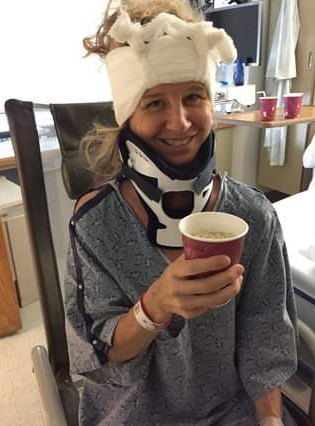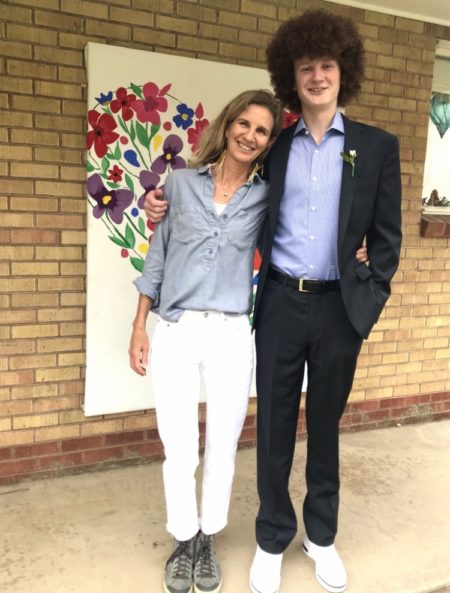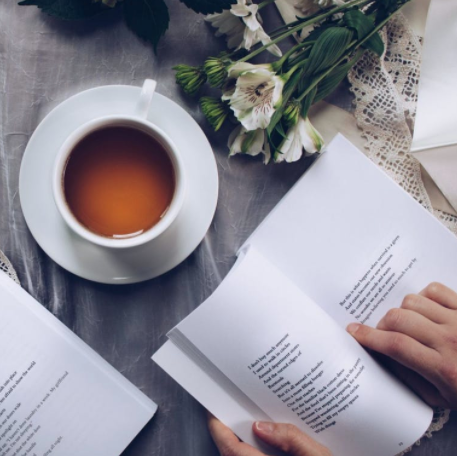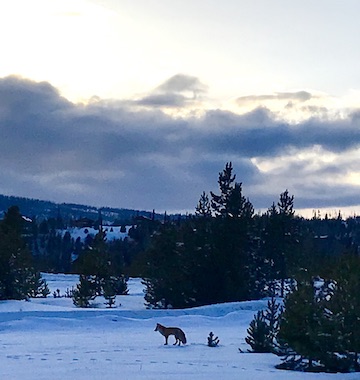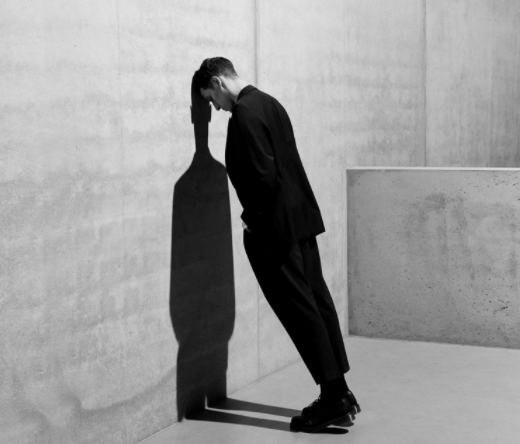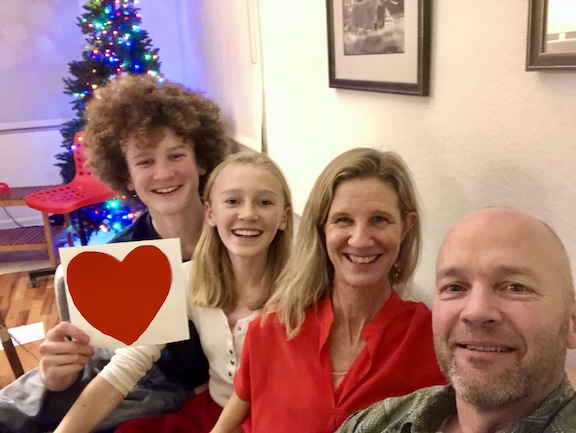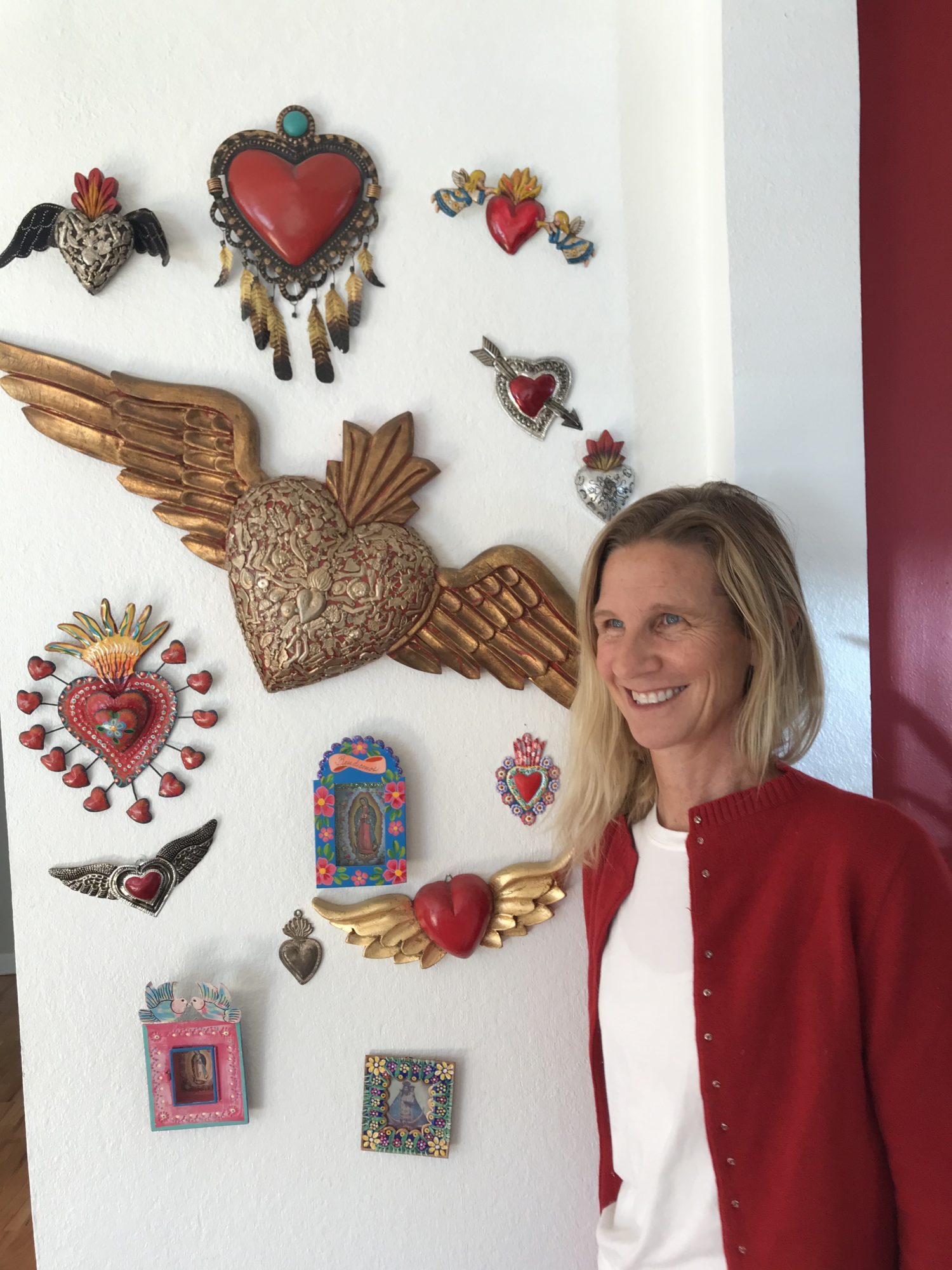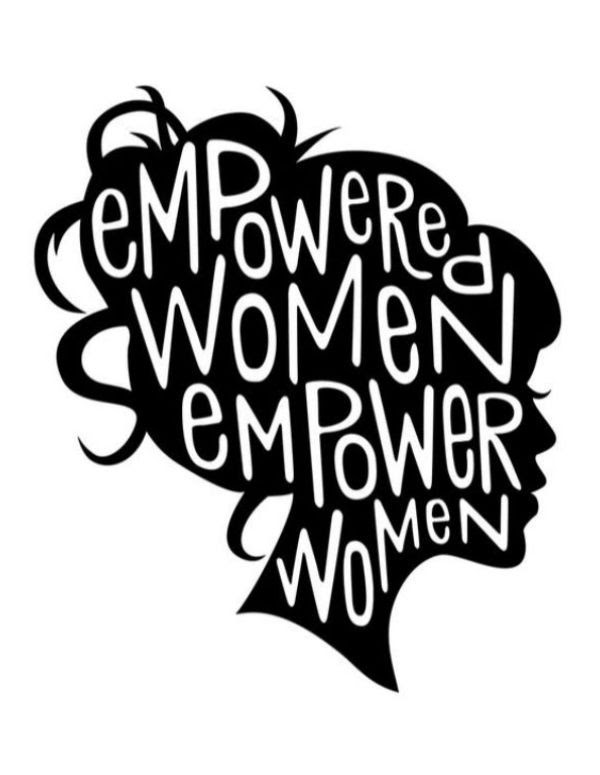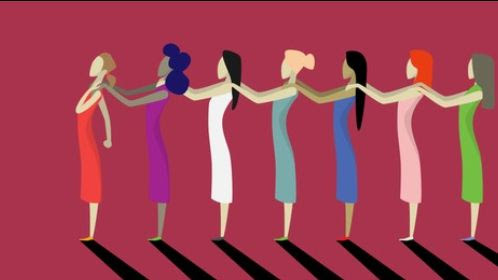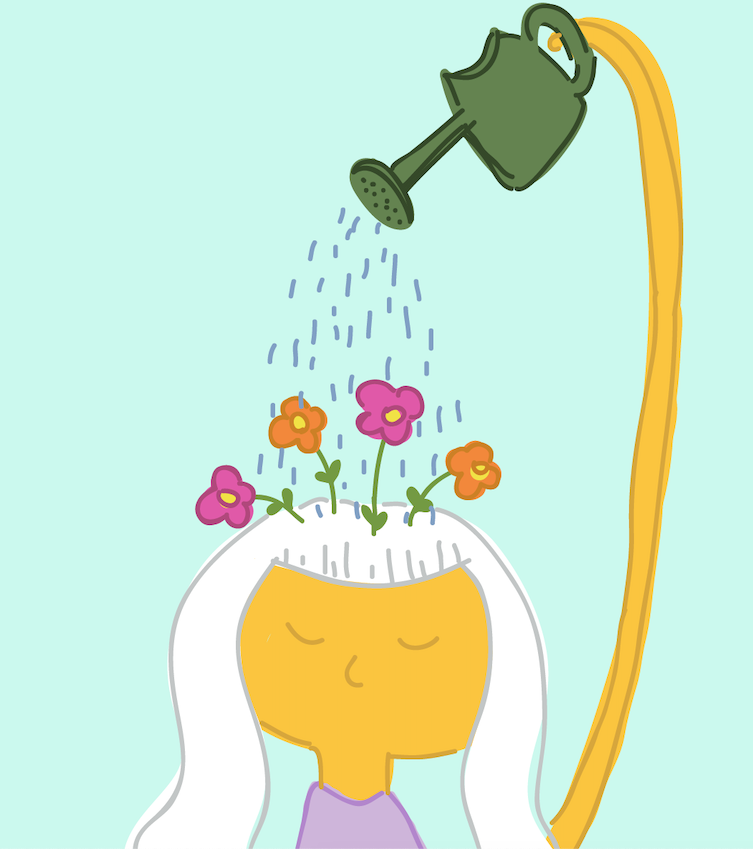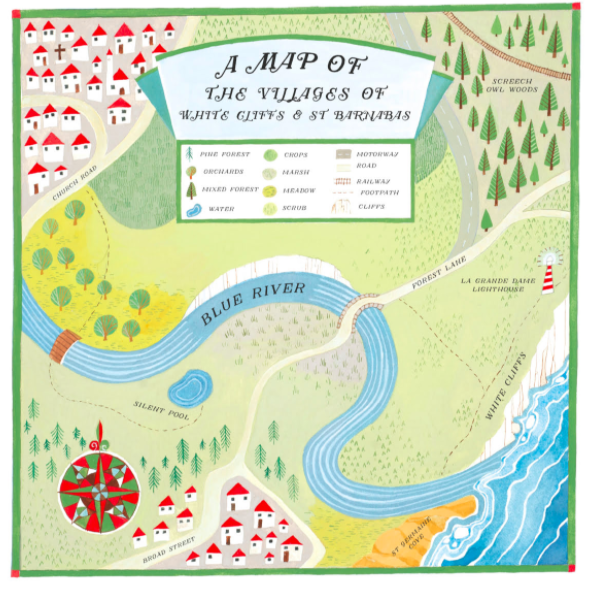This month marks the 5 year anniversary of my major surgeries! Can you believe it?! I don’t take this life for granted. But every year since then I’ve had some kind of recurrence or treatment. This summer is the first one since 2016 that I haven’t had to go back under the knife (knock on wood)! I celebrated by immersing myself fully in the natural world, foraging for mushrooms, visiting with family and friends. I haven’t written in months because I’ve been trying to squeeze the most out of summer and light!
Five years ago, I was focused on surviving. Multiple recurrences later, being a “three time survivor”, as they say, my focus is on health and wellness in the throws of uncertainty. It seems powerfully relevant for all of us right now. But where is the heart of my work?
“It may be that when we no longer know what to do, we have come to our real work, and that when we no longer know which way to go, we have begun our real journey. The mind that is not baffled is not employed. The impeded stream is the one that sings.”–Wendell Berry
Should I focus my coaching work on young people or on school leaders? I asked a spiritual advisor/friend. We sat in a room full of crystals, candles, and white sheepskin rugs. She guided me on a meditation deep into my unconscious. I told her I saw a cave, and a green pool of water, and light coming from the water. I must have described what I saw for ten minutes, before she stopped me.
“I don’t usually interrupt people, but I can’t take it anymore. It’s so obvious.”
“Excuse me?”
“Work with young people!”
“Is that what the green pool of water is about?”
“Who knows?! Your experiences and your skills are with mentoring young people. They need you. Go to them.”
We both laughed out loud. Sometimes, the spiritual leader needs to state the facts, not interpret the cave. And often, we can’t see our own strengths. We need others to help us see the obvious.
- I am focusing my coaching practice on 17-27 year olds. I mentor them through their college essays, and help them with every anxiety-provoking transition after that.
- I am focusing my writing practice on what delights me and what makes us well.
As for my work in wellness? Currently, I’m in an intensive workshop designed to regulate our nervous systems, so that we can boost our immune systems and better handle uncertainty.
I am learning fascinating things about the vagus nerve and how to condition it. This nerve superhighway begins in our brain stem and wraps around our lungs, heart, and every major organ. Our vagus nerve communicates to the brain everything about our internal world. It helps us with calmness, relaxation, and digestion.
“I have a lot of faith and a lot of fear a lot of the time.” –Anne Lamott
Through specially-filtered music and restorative yoga with Patricia Gipple, we’re training our nervous system to unstick itself from being perpetually agitated into a place of being able to handle anything.
It’s powerful work. I can already feel a shift in my mood from “I am exhausted and scared” to “I don’t know how this is going to work out, but I know it’s going to work out.”
I’m excited to bring this work to the young people I coach, and to you, through my writing.
In August, the work we all need to do is pay attention to abundance; notice the peaches and ripening apples. Notice the roadsides full of milkweed and sunflowers. Notice each other. Tonight, notice the light the rare “Blue” moon shines down on us.
Love,
Susie

